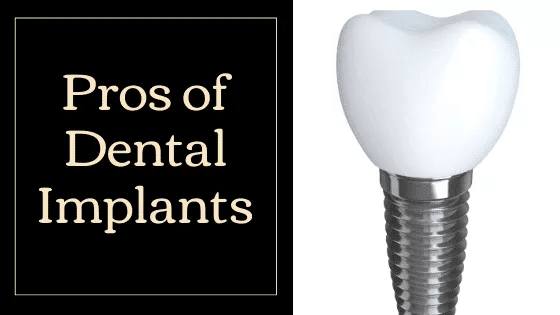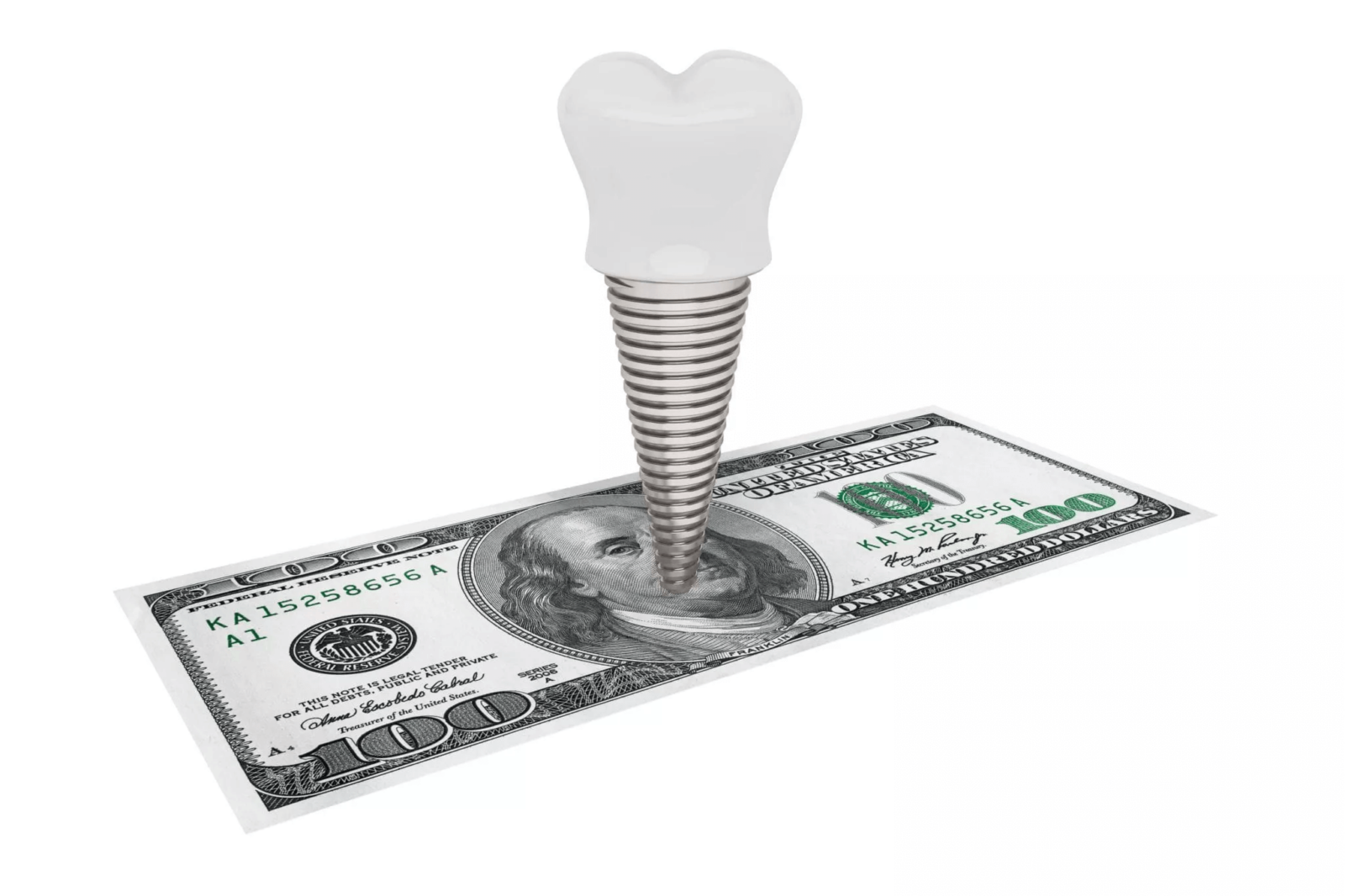With any type of restorative dental treatment, there are pros and cons. Dental implants are no exception to this rule. Being aware of these pros and cons is the key to determining if dental implants are an ideal treatment for you or not. In order to make the decision process easier and to provide you with ample information to make the best decision for your oral health, here are the pros and cons of dental implants:

Similar to Natural Teeth
Since dental implants are placed into the jawbone, they act as artificial tooth roots and allows them to function in the same way as natural teeth. This means that they have a natural appearance, can chew a variety of foods, are durable, and last longer than any other restoration method. In fact, dental implants last an average of 10-15 years, with some reported cases lasting around 20 years.

Prevents Bone Loss
Part of replicating natural teeth also entails providing stimulation to the jawbone. When teeth are missing, the jawbone is no longer stimulated by the pressure of chewing in that area. This leads to a loss of bone mass that can eventually change the entire shape of the face. However, since dental implants act as artificial tooth roots, they provide the same type of stimulation to the jawbone and preserve bone mass. Dental implants are the only restoration method that can accomplish this.
Can be Placed Anywhere in the Mouth
Dental implants are fabricated in three different sizes, which allows them to be used in any location inside the mouth. The majority of dental implants placed in the mouth are standard sized implants. There are also wide dental implants that have a larger circumference and are used to provide additional support to molars. Additionally, mini dental implants (MDIs) are smaller in circumference and are used in areas of low bone density or in tight spaces.

Requires Dental Surgery
One main downside of dental implants is that they will require you to undergo more invasive treatment for their placement. Since they are placed within the jawbone, they can only be placed with a minor dental surgery. The good news is that only a tiny incision in the gums is needed to access the jawbone and place the implant screw.
Prolonged Recovery
For dental implants to be successful, they must undergo a 3-6 month process known as osseointegration. Osseointegration is the process by which the implant screw fuses with the surrounding jaw bone. During this timeframe, patients will need to be compliant with any post-op instructions provided by their implant dentist. In most cases, this means maintaining a soft diet directly after surgery to prevent excess stress on the implant.

High Upfront Cost
Having dental implants and a dental prosthesis placed definitely has a much higher upfront cost than other restorative treatment. In most cases, however, this cost usually pays for itself by lasting longer and requiring little to no replacements when compared to other restoration methods. Additionally, dental financing for implants and certain dental insurance companies can help with the initial cost.
As you can see, dental implants have both pros and cons. The pros being their ability to function like natural teeth, ability to prevent bone loss, and their versatility in terms of placement. However, the cons of dental implants include the need for dental surgery, a prolonged recovery, and a higher upfront cost. Ultimately, only you and your implant dentist can decide if these pros outweigh the cons.




